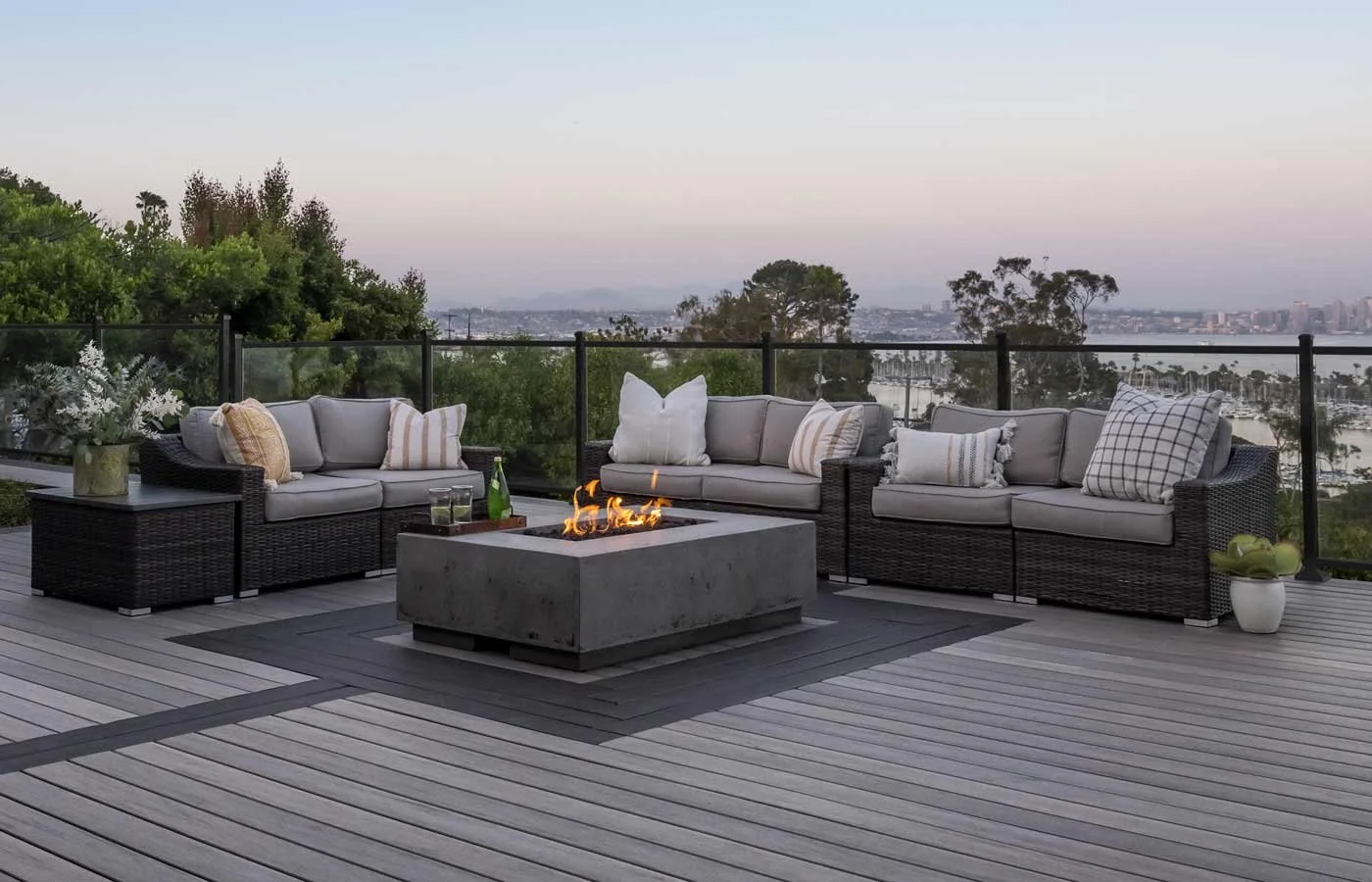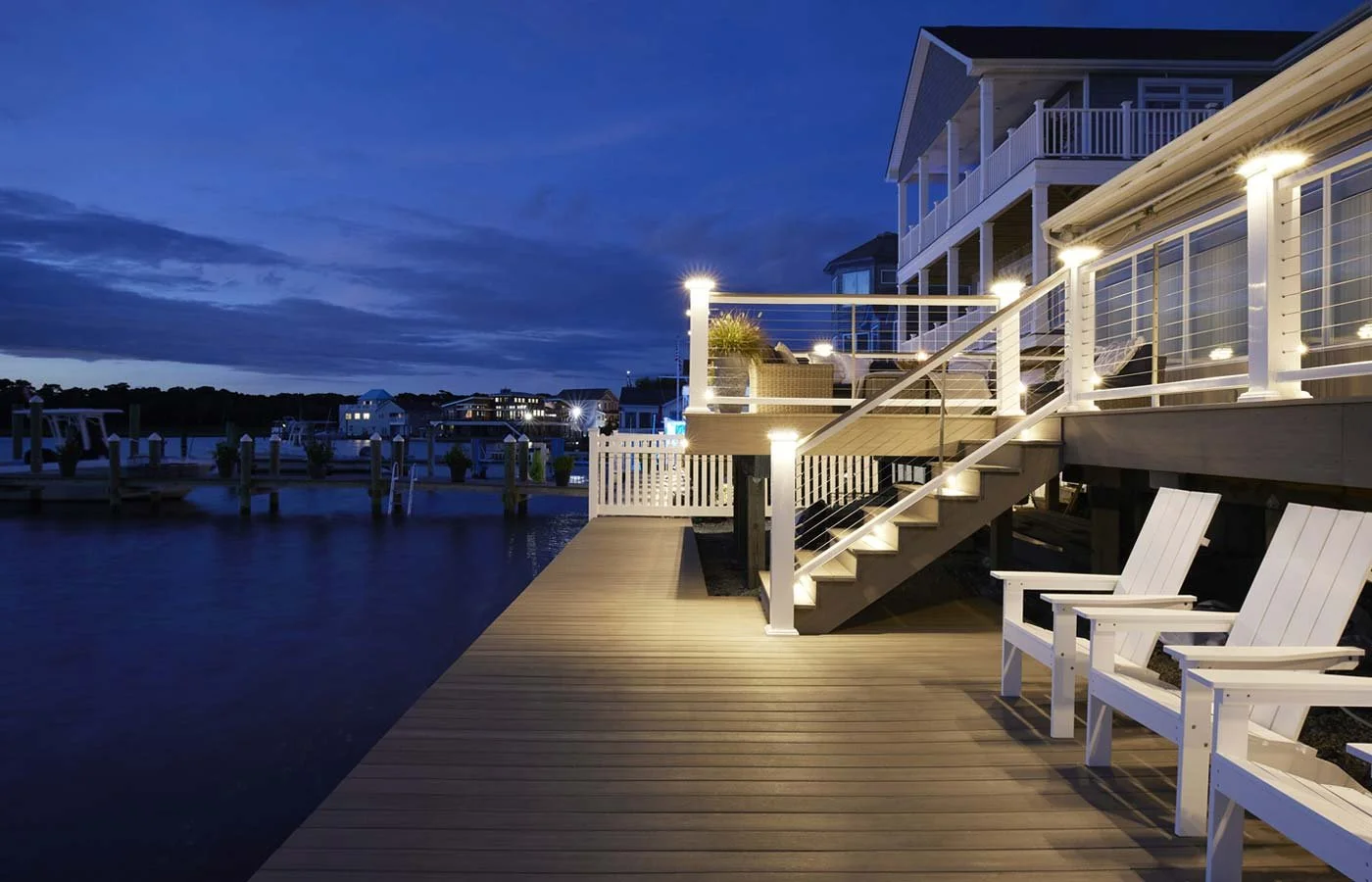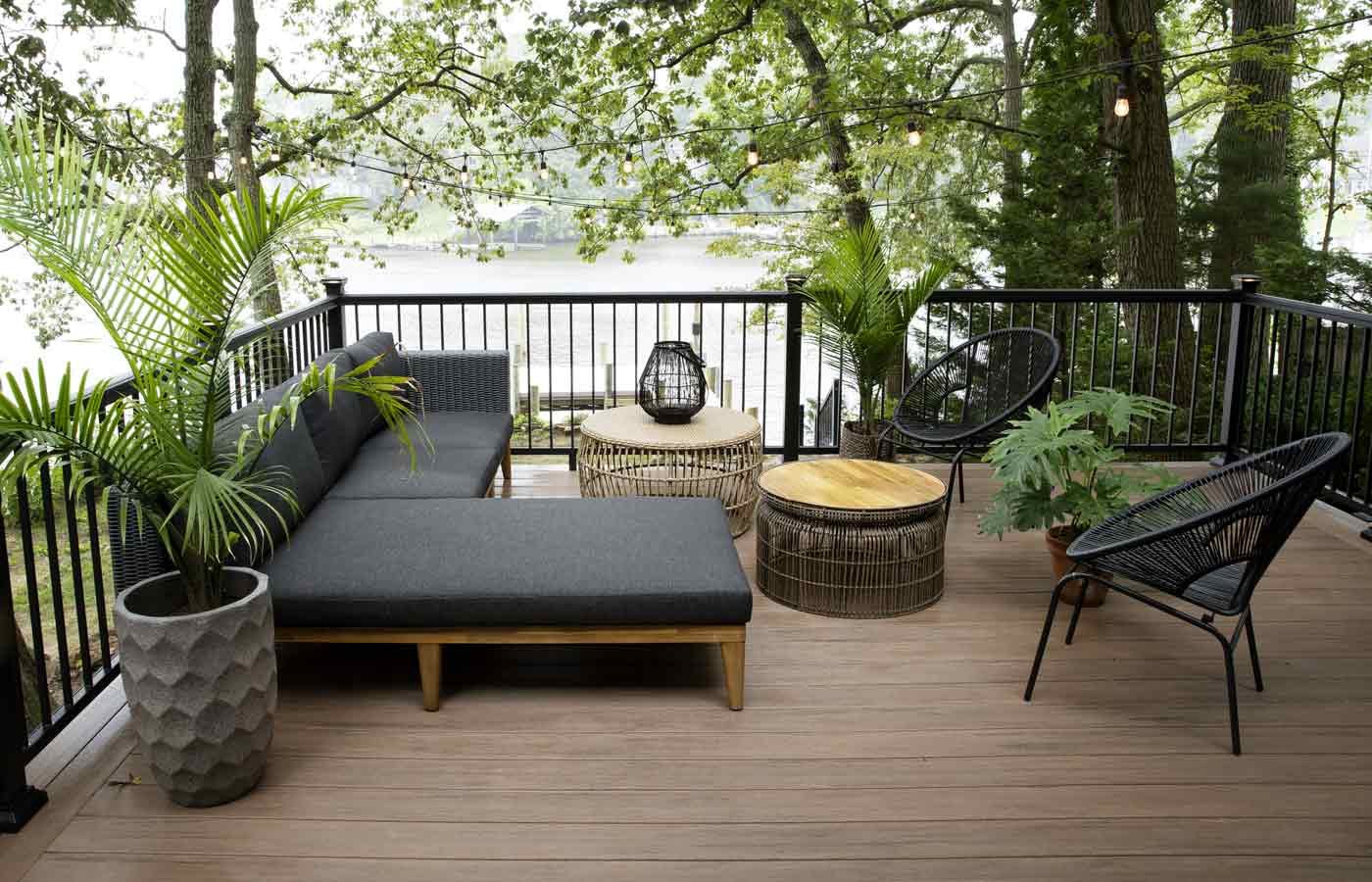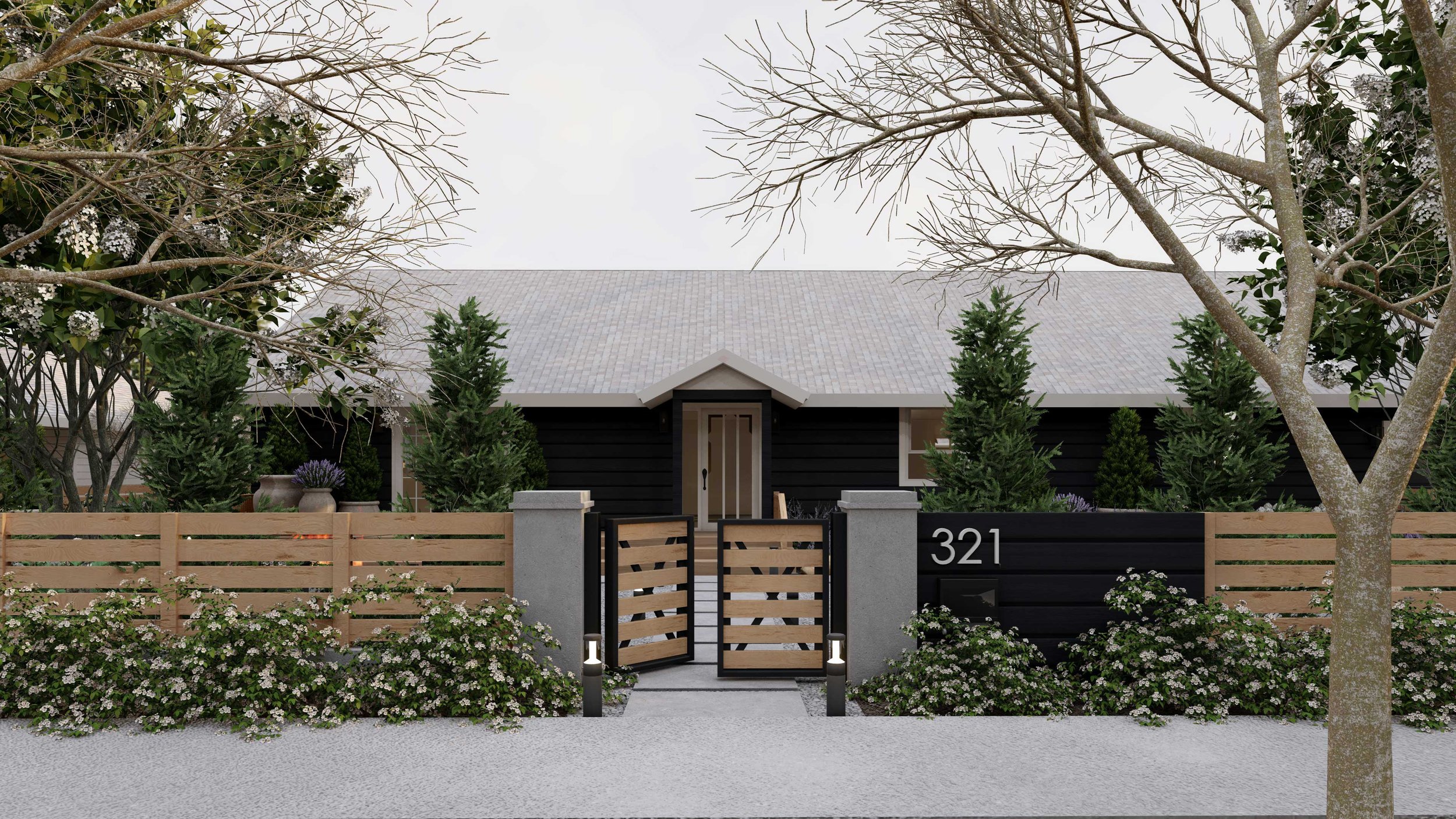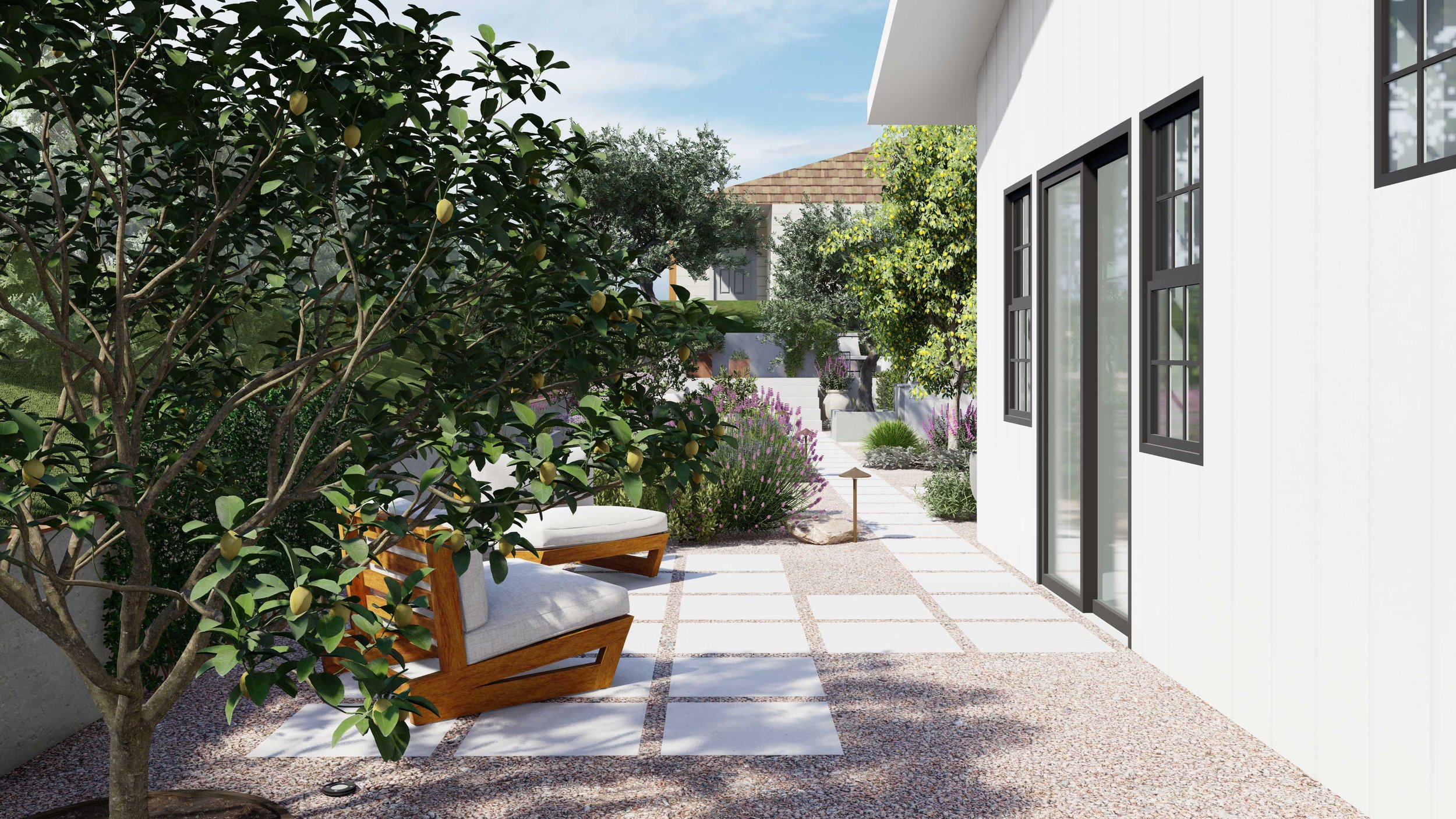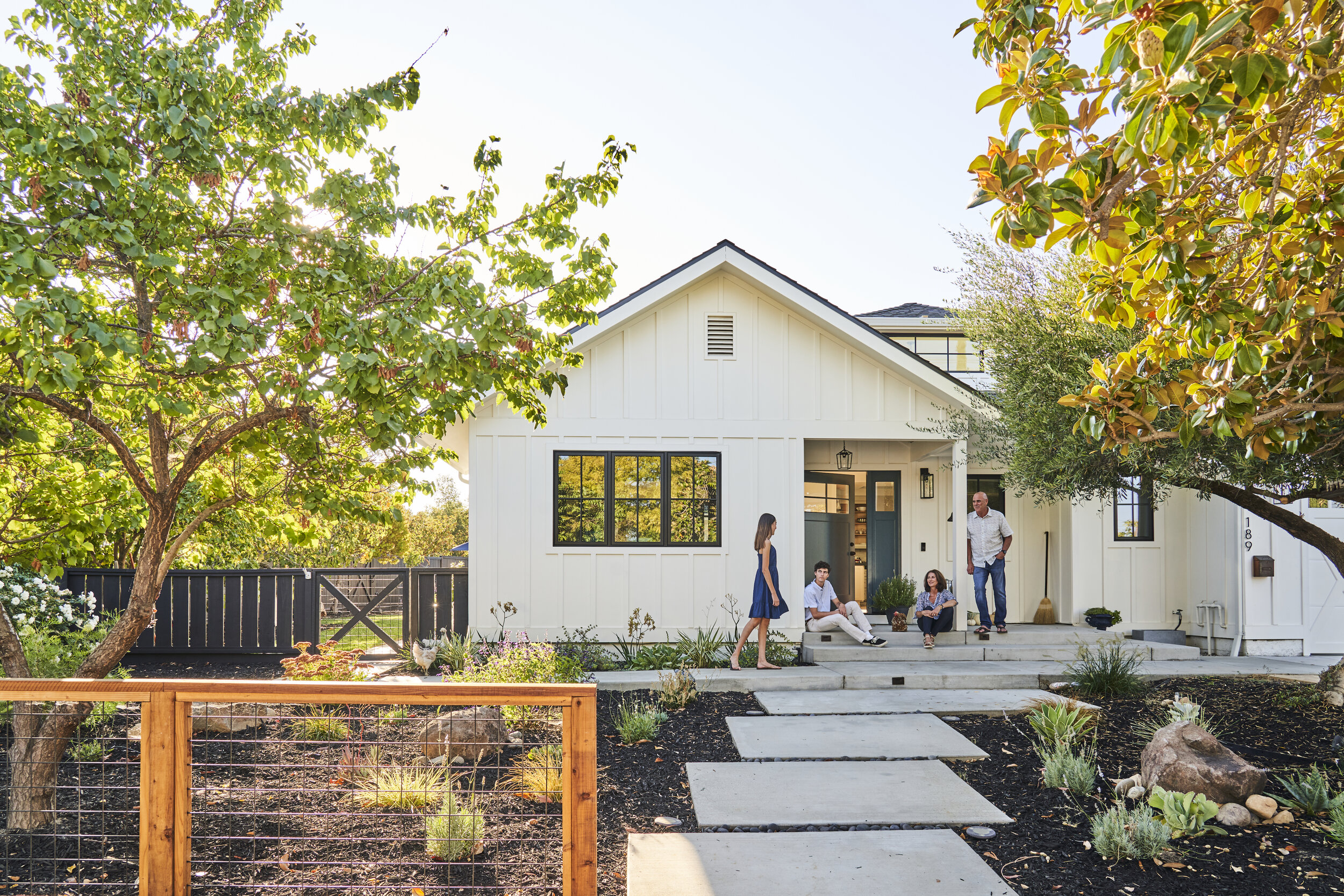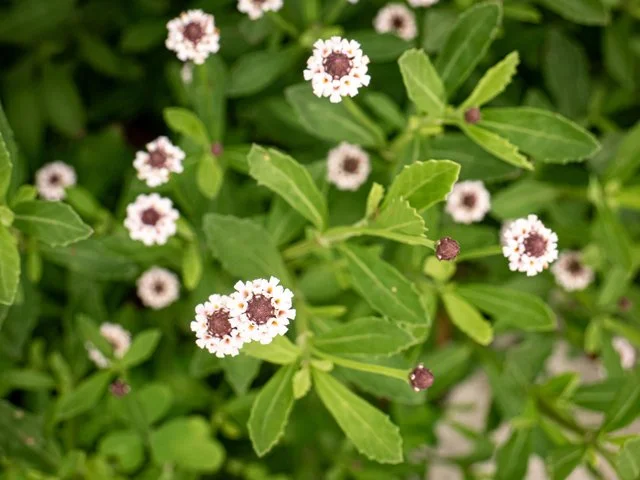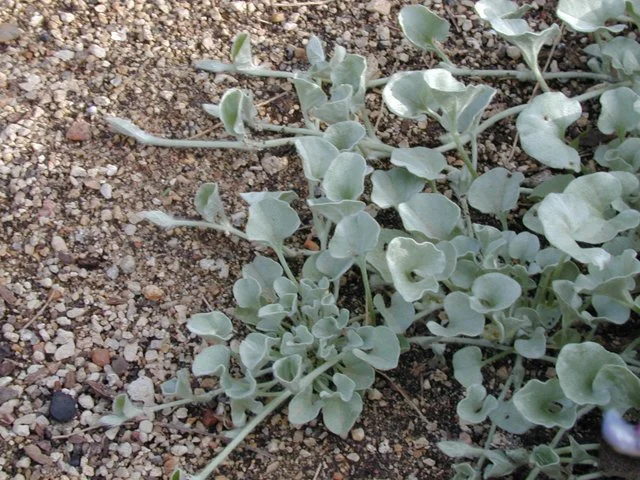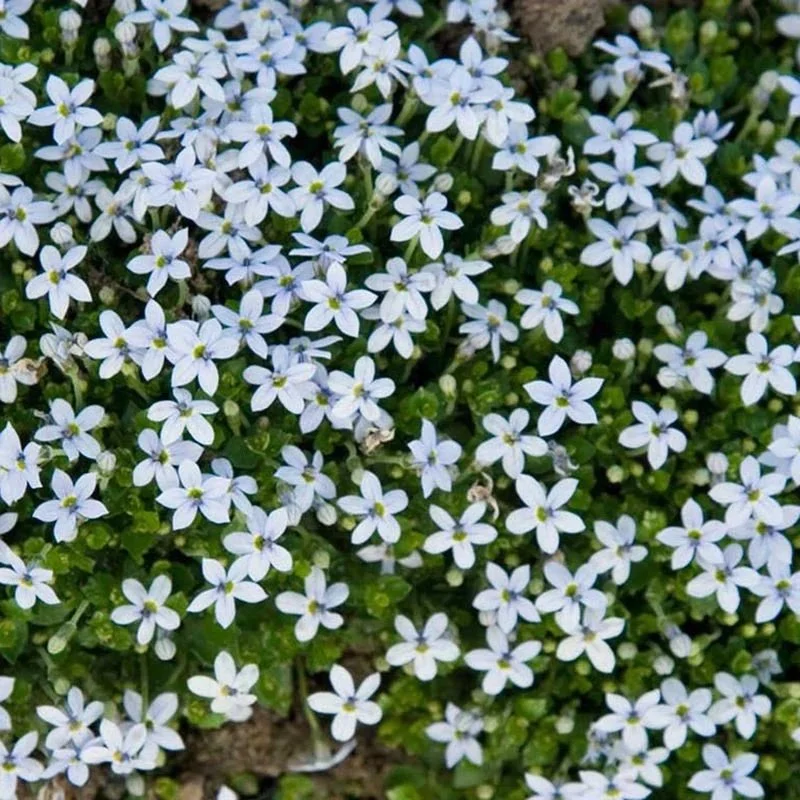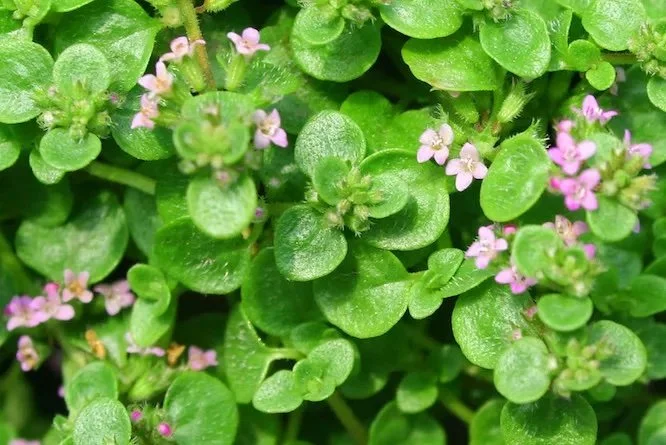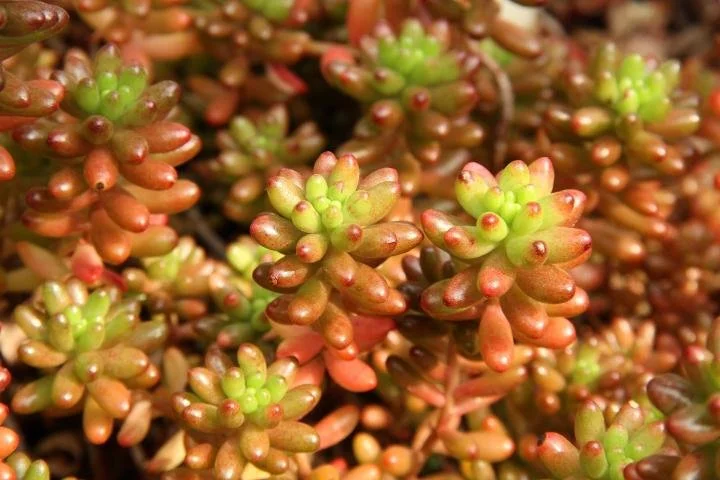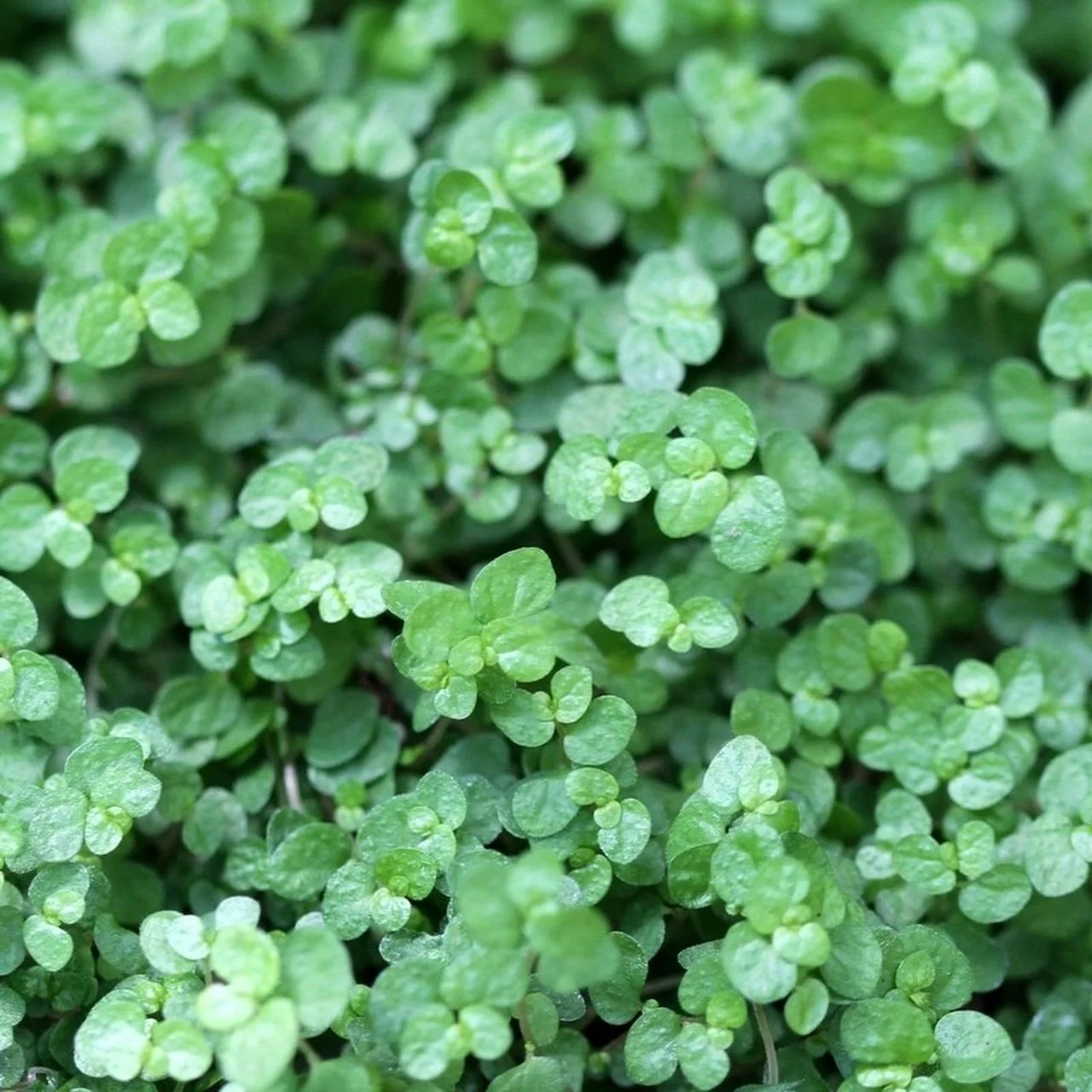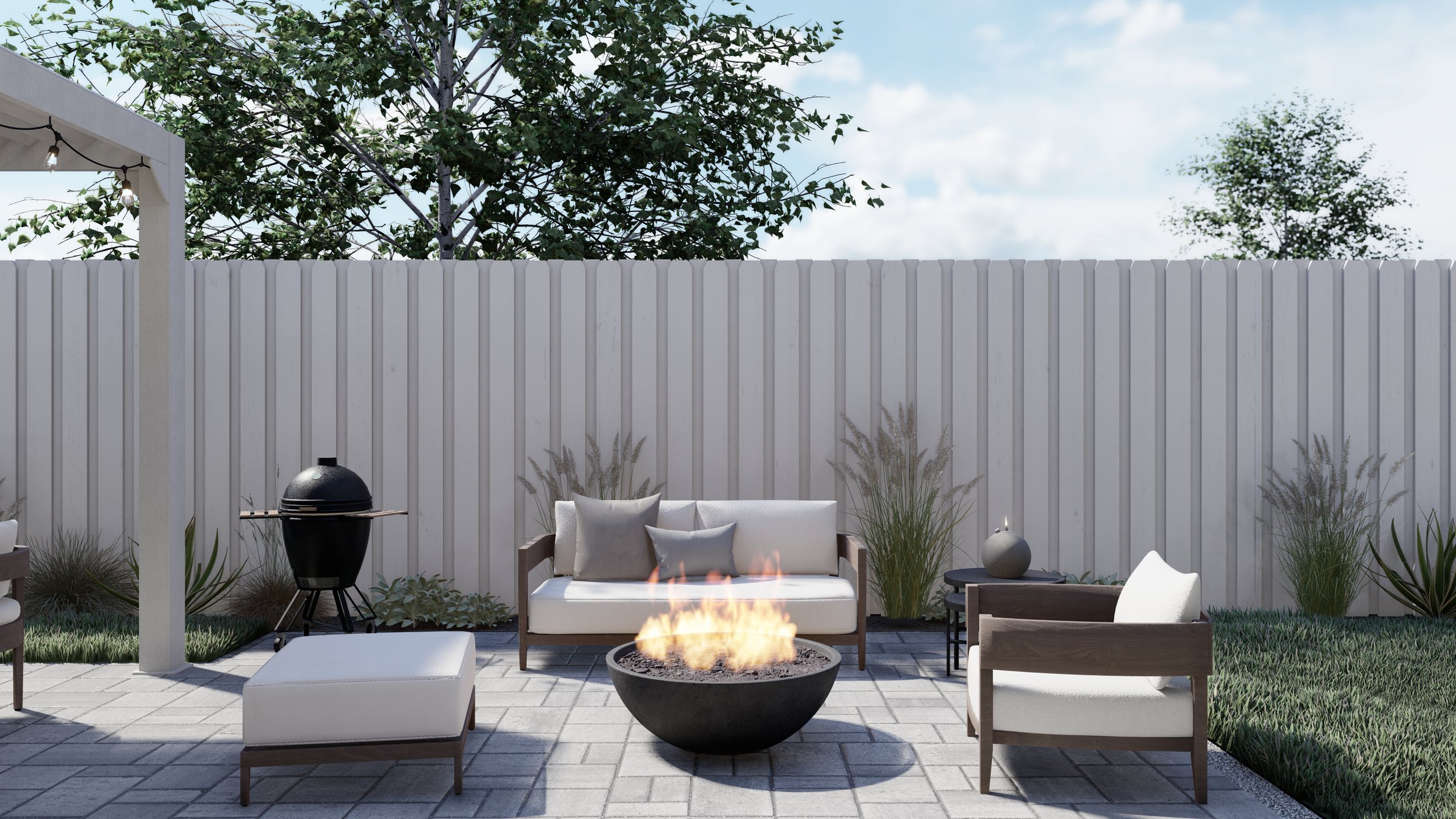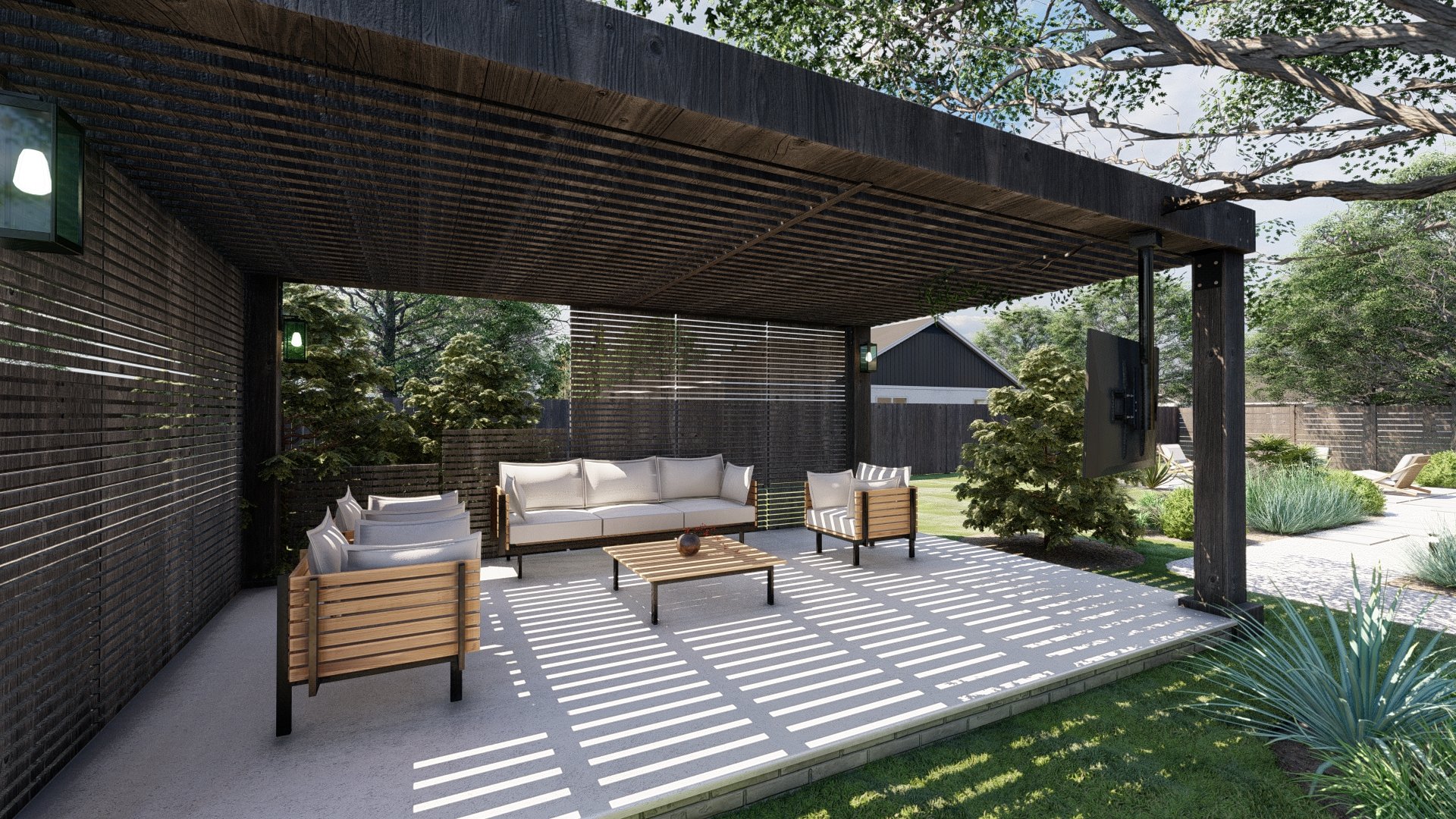Chino Hills, CA
Residential water rebates include:
Contra Costa County, CA
Water conservation rebates and programs include:
Cucamonga Valley Water District
This water district serves Rancho Cucamonga, portions of Fontana, Ontario, Upland and some unincorporated areas of San Bernardino County. Residential rebates and programs include:
East Bay Municipal Utility District
EBMUD's water system serves approximately 1.4 million people in a 332-square-mile area extending from Crockett on the north, southward to San Lorenzo (encompassing the major cities of Oakland and Berkeley), eastward from San Francisco to Walnut Creek, and south through the San Ramon Valley.
Residential programs and rebates include:
Lawn Conversion - Rebates are calculated based on square feet of lawn converted and is up to $1.50/sq. Ft. with maximum rebate amount of $2000 for a 2 year period
Flowmeter Rebate - EBMUD offers a rebate of up to 50% of the price of the flowmeter (excluding taxes and installation). If applicable, up to two years of prepaid service may be included in calculating the rebate amount. The maximum rebate is $200 per device.
Mulch and Compost Coupons - EBMUD and Contra Costa Water District have partnered with local nurseries, garden centers, and soil companies to offer discounts on organic mulch and compost.
Efficient Irrigation Upgrades - The maximum rebate is $2,000 for residential
Graywater Rebate - up to $50 for a graywater system 3-way diverter valve that redirects water from your clothes washer to your landscape.
Eastern Municipal Water District
This water district serves western Riverside County: Canyon Lake, Hemet, Menifee, Moreno Valley, Murrieta, Perris, San Jacinto, Temecula, and unincorporated communities of French Valley, Good Hope, Homeland, Lakeview, Mead Valley, Murrieta Hot Springs, Nuevo, Romoland, Valle Vista and Winchester. Residential programs and rebates include:
FREE Deep Drip Watering Stakes - EMWD will supply two 24” Deep Drip Watering Stakes per EMWD account to be used on one tree.
FREE Conservation Packet - EMWD offers a FREE Conservation Packet to all customers who request one. This informative packet is loaded with water-saving ideas, tips and techniques.
Elsinore Valley Municipal Water District
Water Efficiency Rebates and incentives include:
Residential Turf Replacement Rebate - Turf Replacement rebates are $2.25 per square foot for up to 5,000 square feet and are available on a first-come, first serve basis.
Drip Conversion Rebate - EVMWD offers up to $0.25 per square foot for a maximum of 2,000 square feet for converting existing sprinkler systems to drip irrigation systems.
Fontana, CA
Water Conservation programs include:
Fresno, CA
Water rebates include:
Lawn to Garden Rebate - A $1.00 per square foot rebate is available for the removal of existing lawns when replaced with water-efficient landscapes, up to a maximum of 1,500 square feet.
Micro (Drip) Irrigation Rebate - A $0.50 per square foot rebate is available for the replacement of existing overhead spray sprinklers with micro (drip) irrigation.
High-Efficiency Sprinkler Nozzle Rebate - A rebate of up to $4.00 per qualified sprinkler nozzle is available for the new installation or replacement of existing traditional overhead spray sprinklers with qualified high-efficiency sprinkler nozzles. Rebate requires a minimum of 6 nozzles. The maximum rebate is $100.
Smart Irrigation Controller Rebate - A rebate of up to $100 is available for the purchase and installation of a qualifying new WaterSense certified Smart Irrigation Controller.
Rain Sensor Rebate - A rebate of up to $50 is available for the purchase and installation of a qualifying new rain sensor.
Swimming Pool Cover Rebate - A rebate of up to $100 is available for the purchase and installation of a qualifying new swimming pool cover.
Rain BarrelRebate - A rebate of up to $50 is available for the purchase and installation of up to two (2) qualifying rain barrels
Glendora, CA
Rebate Programs include:
Long Beach, CA
Residential water-saving programs include:
Lawn-to-garden: incentive of $3.00 per square foot of lawn removed in the front yard and/or $2.00 per square foot in the backyard, for a total of up to 5,000 square feet. A design reimbursement of up to $1,500 for the cost of a professional landscape design is also available.
Los Angeles, CA
Water conservation rebates and programs include:
Weather-based irrigation controller - Up to $200 per unit for less than an acre
Soil Moisture Sensor System - Up to $200 per unit for less than an acre
Rotating Nozzles - Up to $6 per nozzle
Smart Hose Bib Irrigation Controllers - Up to $35
Turf Replacement Program - receive a rebate for turf replacement of $3.00 per square foot for 5,000 square feet (Sq. Ft.) maximum.
Rain Barrel - Up to $50
Cistern - Up to $500
Metropolitan Water District of Southern California
This organization is a “consortium of 26 cities and water districts” serving around 19 million people in parts of Los Angeles, Orange, San Diego, Riverside, San Bernardino and Ventura counties. Residents of this water district may also qualify for programs in their city and can apply for both. Residential rebates available through the Metropolitan Water District include:
Orange County, CA
Residential outdoor water conservation rebates include:
Turf removal program - Rebates start at $3 per square foot of turf removed. Program participants are also eligible to apply for a free landscape design.
Smart Sprinkler Timers - $180, or more in select areas for properties less than one acre-or- $35 per station for properties greater than one acre.
Sprinkler Nozzles - $2 (or more) per nozzle, with a 30 nozzle minimum.
Drip irrigation - Rebates start at $0.50 per square foot.
Soil Moisture Sensor - Up to $80, or more in select areas, for properties less than one acre; OR $35 per station for properties at least one acre or greater.
Rain Barrels and Cisterns - Rebates start at $35 per rain barrel and $250 per cistern.
Roseville, CA
Residential water rebates include:
Sacramento, CA
Residential Water Wise Rebates include:
Turf Conversion Rebates - Residents can receive up to $1.50 per square foot of replaced turf (up to $3,000).
Irrigation Upgrade Rebates - Maximum rebate amount is $800 for irrigation materials used to upgrade or convert to water efficient systems. Labor costs by a licensed General Contractor or landscaping contractor (C-27) of up to $150 may be included as a reimbursement expense.
Rain Barrel Rebates - Receive a rebate of up to $150 ($0.75 per gallon captured, up to 200 gallons) to install rain barrels.
Laundry-to-Landscape Rebates - A rebate of up to $100 is available for the materials needed to install a gray water system that diverts gently-used water from your washing machine and routes it to mulch basins around your trees or bushes.
San Bernardino, CA
Outdoor rebates and incentives include:
Artificial Turf Rebate - Replace irrigated grass turf with artificial turf and receive $2 per square foot (up to $400).
Drip Irrigation System Rebate - Customers purchasing and installing a drip system in their landscaping or garden may qualify for a 50% rebate, up to $150.
Drought Tolerant Plant Rebate - Incorporate drought-tolerant trees, plants, and shrubs into your landscaping and receive a 50% rebate (up to $300)
Garden Hose Shut-Off Nozzle Rebate - Purchase an automatic shut-off nozzle for your garden hose and receive a rebate of up to $10. Limit 2 per residence.
High-Efficiency Sprinkler Nozzle Rebate - Customers can also qualify for a 50% rebate, up to $200, for installing High-Efficiency sprinkler heads
Irrigation Controller Rebate - Customers can get up to a $250 rebate for installing a weather-based controller or $100 for a standard controller.
Pool Cover Rebate - Purchase a cover for your pool and receive a rebate of up to $75.
Turf Removal Rebate - Replace grass turf with approved materials and receive a rebate of $2 per square foot (up to $2,000)
Turf Replacement Material Rebate - Replace grass turf with mulch or gravel and receive a 50% rebate (up to $300).
Free Water-Smart Landscape Workshops - To help our customers reduce their water use without sacrificing the outdoor beauty of their home, the city hosts free Landscaping Classes every Spring and Fall!
San Diego County, CA
Residential rebates include:
San Diego City rebates
Graywater Systems - Using graywater is an excellent way to recycle and conserve water.
Rain Barrels are used to capture rainwater from hard surfaces such as rooftops to help prevent pollution in our storm drain system as well as conserve water for irrigation.
Rain Gutters capture rainwater from roof tops and divert it to rain barrels or pervious landscape which naturally filters runoff, helping to decrease the amount of pollutants in our bays, ocean and waterways.
Downspout Redirects are devices that redirect rainwater from our storm drains to a pervious landscaped area that naturally filters runoff, helping to decrease the amount of pollutants in our bays, ocean and waterways.
Free Mulch from Miramar Greenery - Mulch is a reliable, cost-effective product for water retention, erosion control and weed suppression. Free mulch is available to San Diego residents with proof of residency. Wood chips and compost are also available for a fee.
San Juan Water District
Water efficiency rebates include:
Santa Clara Valley Water District
Total rebates can add up to $3,000 for residential sites for converting approved high water use landscape, such as lawns and pools, to low water use landscape and retrofit existing irrigation equipment with approved high-efficiency irrigation equipment.
Santa Clarita Valley Water Agency
Residential conservation rebates include:
Lawn Replacement - offers a $3 per square foot incentive and adds more flexibility to mix, match and stack additional incentives and rebates to enhance your project including a native plant bonus incentive and drip irrigation incentive at $.50 and $.75 per square foot, respectively. Additional rebates are available as pilot programs for water retention features, sheet mulching, bee hotel and owl boxes, and rain barrels.
Irrigation Control & Efficiency - Up to $150 for one smart irrigation controller and up to $150 for one soil moisture sensor
Efficiency Product Rebates - $.75 per sq. ft. for drip irrigation, 100% for high-efficiency nozzle, 75% of the purchase price for master pressure regulation, 75% of the purchase price for pressure regulating valve, Up to $10 each for pressure regulating bodies with check valve, up to $75 each for up to two rain barrels, up to $200 for one pool cover.
Santa Monica, CA
Residential water rebates include:
Cash for Grass - $3.50/sq.ft. up to $6,000 for a single-family home for replacing turf grass with appropriate plants and mulch.
Spray to Drip Rebate Program - $2.00/sq.ft. up to $4,000 maximum for a single-family home to replace your operational sprinklers in planter beds and hedges with highly efficient drip irrigation that delivers water directly to the plants
Santa Rosa, CA
Residential rebates include:
Cash for Grass - $1.50/sq ft of lawn removed
NEW Pool Removal Rebate - Santa Rosa Water can help offset removal costs with a rebate up to $750.
NEW Pool Cover Rebate - Purchase and install a new qualifying pool cover and Santa Rosa may be able to provide you a one-time credit on your next water bill.
Solano County, CA
Residential water rebates include:
Water-Efficient Landscape Rebate Program - Applicants may be eligible for a rebate of $1.00 per square foot (sq. ft.) when converting their lawn to a sustainable watershed appropriate landscape. The maximum rebate is $1,000 per eligible residential water service site
Smart Irrigation Controller Rebates - Install a qualifying smart controller to irrigate your existing landscape and you could receive up to $300, $700, or $1000 depending on the number of stations.
Flume Smart Home Water Monitor discount - Purchase a Flume Smart Home Water Monitor for just $24 (plus tax and shipping)!
Ventura, CA
Rebates and Incentives include:
Walnut Valley Water District
Residential rebates include:
Windsor, CA
The Water Efficient Landscapes Rebate Program includes:
Up to $500 in rebates for residential properties for the removal of lawn or for the purchase of sprinkler equipment that improves efficiency
Free WaterSmart Checkup -free opportunity to receive site-specific water-saving recommendations
Marin Municipal Water District
Rebates and programs include:
Graywater: Laundry-to-Landscape - They’ve partnered with the Urban Farmer Store to offer free laundry-to-landscape graywater webinars and a $125 discount on your purchase of a graywater kit.
Flume Smart Home Water Monitors - Marin Water is offering Flume Smart Home Water Monitors for just $49, after installation (and shipping and handling) to single-family residential customers.
Pool and Spa Covers: rebate of up to $100 for customers that purchase and install pool or spa covers
Rachio Smart Irrigation Controllers - Marin Water partnered with Rachio and the California Water Efficiency Partnership (CalWEP) to offer Marin Water's customers a significant discount, up to 70%, on Rachio 3 controllers.
WaterSense Smart Irrigation Controllers - Install a WaterSense labeled irrigation controller and receive a rebate up to $100. Note: Customers may apply for only one controller incentive, not both.
Rain Barrel and Cistern Rebate Program - Marin Water offers up to 50 cents per gallon of storage, not to exceed actual cost. Total rebates for rain barrels and cisterns may not exceed $1,000 per site.
Cash for Grass - Marin Water is currently offering customers a limited time offer of a $3 per square foot cash rebate in return for replacing grass in their landscapes.

